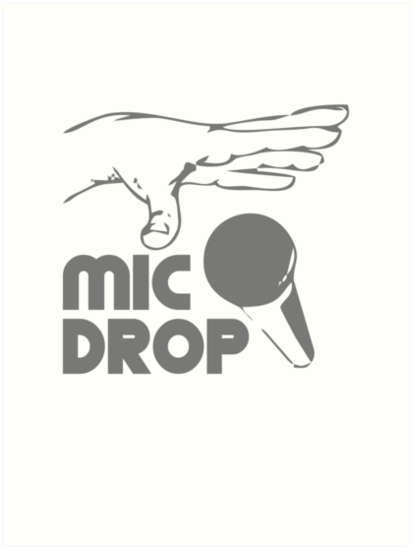The Pennsylvania State University has wonderful resources for all of their students to utilize. One of the best resources for education students to utilize would be the Teaching and Learning with Technology Symposium, held at the Penn Stater.
During this event, participants are offered breakfast prior to listening to the keynote speaker and attending a variety of workshops. This year's speaker, Stephen Dunbar, was the co-author of the Freakonomics book series!
Keynote Address: Listening to Stephen Dunbar speak about agriculture economics stating "The root cause of famine is not that there is not enough food, it’s usually political and sometimes economic failure," in addition to various topics such as turkey artificial insemination, hand hygiene in hospitals, and gender roles in committee meetings and society, was well worth getting up before the sun rise and giving up a Saturday. He connected all of these random topics back to human motivation, changing human behavior, and the use of technology to do so.
Workshop 1: Around the Classroom in 360 Degrees: Using Classroom Case Studies to Illustrate Teaching AND Learning. This half hour workshop was focused on reporting the results of Ms. Chrystine Mitchell's work on educating her early childhood education majors about student engagement through the use of 360 video. This tool allowed students to learn from classroom experiences from their couch and gain meaningful observations that a flat video could not provide.
Workshop 2: "But What if I cry?" The Moral Moments Project. This hour long workshop discussed the Moral Moments Project which was headed by Ms. Susan Russell to allow her students to discuss and explore their emotions and beliefs through technology and her classroom. It was truly an honor to hear Ms. Russell talk and express her beliefs that connecting humanity to technology is a passion of hers. I had two favorite quotes leaving this workshop, one being "So be it, til you change it" and the other being “Break the rules, because we seek to connect rather than disconnect." To learn more about Ms. Russell's amazing project please visit, http://moralmoments.psu.edu/
During lunch the 2019 Agriculture and Extension Education Cohort bonded and discussed the impactful tidbits we were left with after our workshops. I love the idea that Ms. Herr (@victoria_herr) learned in her workshop, making your syllabus into an info-graphic to help students digest the information you give them.
The Open Innovation Challenge was five people competed for funding to continue to research and improve upon their ideas to promote teaching and learning with technology. This year's candidates even included an UNDERGRADUATE STUDENT, Vamshi Voruganti, who ended up being the winner of the competition by popular vote of the participants of the TLT Symposium!
In summary, MY MIND WAS BLOWN by the possibilities of teaching and learning with technology and I cannot wait to utilize the resources and ideas I have gained in my future classroom. Also, I was beyond excited to be able to spend the day with #PSUAgEd19 during our first outing as a Cohort. Better and Brighter things to come for us, that's for sure!


